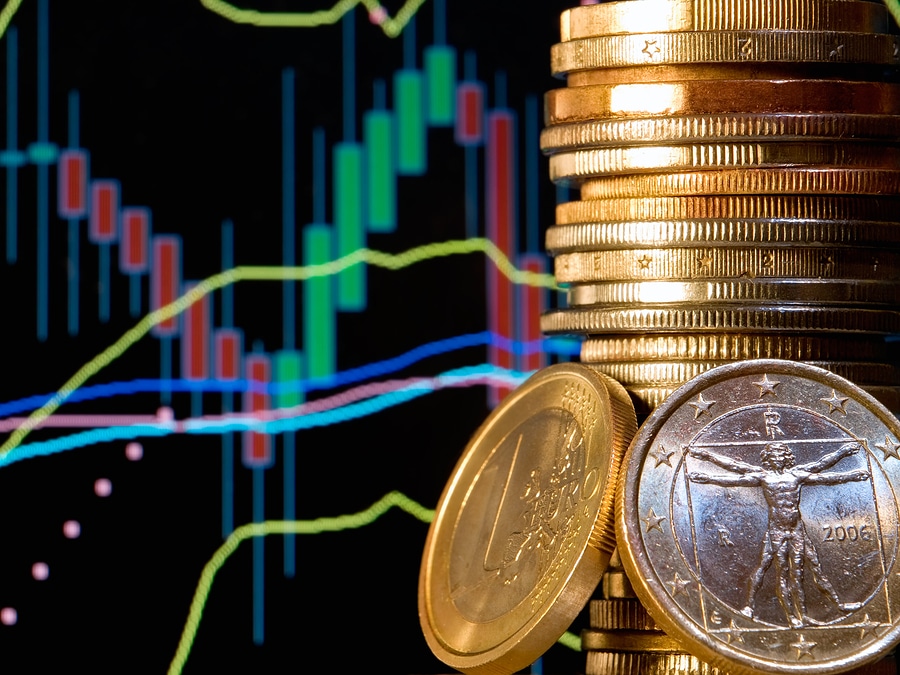In Forex trading, 2015 will be remembered as the year of central bank (CB) predominance. Following one shock after another, investors spent their time and energies deciphering CB entrails and detritus for any nuggets of insight into where the bureaucratic-economic poobahs would next lurch. In short, it was perceived that the capitalist economy no longer belonged to the capitalists.
Rather, the CB minions took it over without firing a shot, though not without multiple casualties on assorted fields of battle. And yet, with the share and commodity price freefall of January 2016, the consensus dissipated and primordial forces seemed to have re-emerged as price drivers. Recapped below are the key events in today’s interplay of CB and market forces
Recent Forex Trading Highlights
- 2015 began with a surprising Swiss National Bank (SNB) decoupling of the Swiss franc from the euro in mid-January, against background fears that the euro might not survive Europe’s sovereign debt crises, all the while its hoard of euros accumulating. The resulting immediate 40% revaluation against the euro was the most extreme currency fluctuation in the 40 + years of variable exchange rates. The move generated a 2015 $23B loss for the SNB trying to prop up the Swiss economy and guard against deflation risks by currency market intervention.
- A week later the ECB embarked on its comprehensive quantitative easing program which both defined the reference terms of the years' monetary intervention as well as the inevitable forex trading disappointment. In a reprise of a multi-year trend, when the medicine failed to revive the various economies, more was applied in vain. But as 2016 opened, the consensus on the program’s continuation also frayed, thwarting expectations for an eventual USD parity (see below).
- Much of the year's developments centered around the unwinding of the Chinese export invincibility myth. Forex trading was first affected by the People’s Bank of China (PBOC) February and subsequent cut in reserve requirement and then benchmark lending and deposit rates. These moves ignited a stock-market buying frenzy (up and down) and then an August devaluation of the yuan/renmimbi which sent not only its stock market, but also much of the global commodity markets into a sustained tailspin, something which is still dominating headlines into 2016.
- The other slow-motion train wreck that played out on the global forex trading screens was the Grecian debt-crisis meltdown. Plaguing the euro for years, the Greek debt service inability came to an intermittent head in July-August, resolved with yet another ECB/IMF-brokered bailout package. Alas, structural issues (tax and policy) were not resolved, ensuring Greek reappearance on forex trading screens yet again in the near future.
- And finally, forex trading was dominated by the expectations of a quarter point rise in the US Fed 'suggested' lending rate to the 0.25% - 0.50% range. This long anticipated and delayed event finally occurred with the Fed Open Market Committee (FOMC) meeting of 16 - 17 December. Attention then shifted to the pace of further tightening. With the January meltdown, expectations withered that the intimated 4-time 2016 rate rise would occur confirming the USD/EUR rate trading range likelihood.
Thus, 2016 opened in theatres around the globe as the “Revenge of the Trader” in which fear stalked and conquered global markets. The continued Chinese economic implosion and oil market supply overhang lingered like a hangover after the 7-year easy-money party. And with this retro-comeback, we are left to wonder if the CB genie has yet been put back in the bottle.













